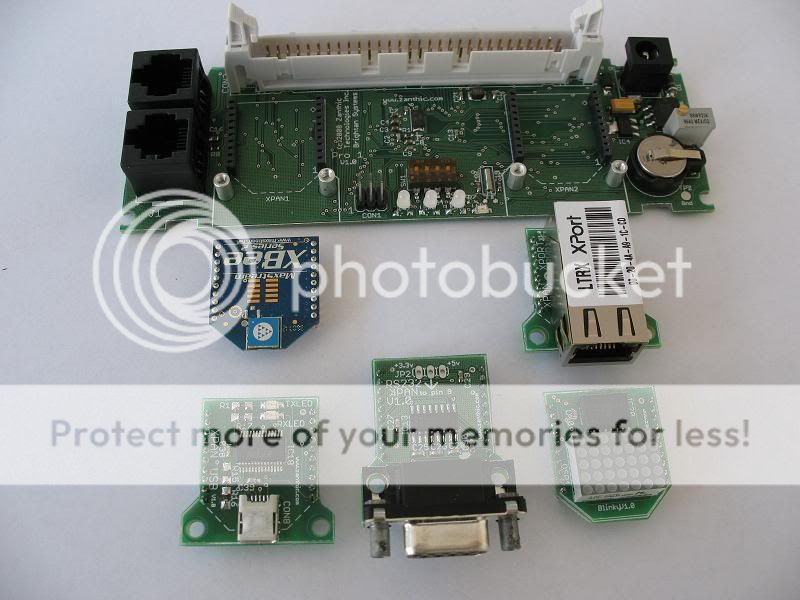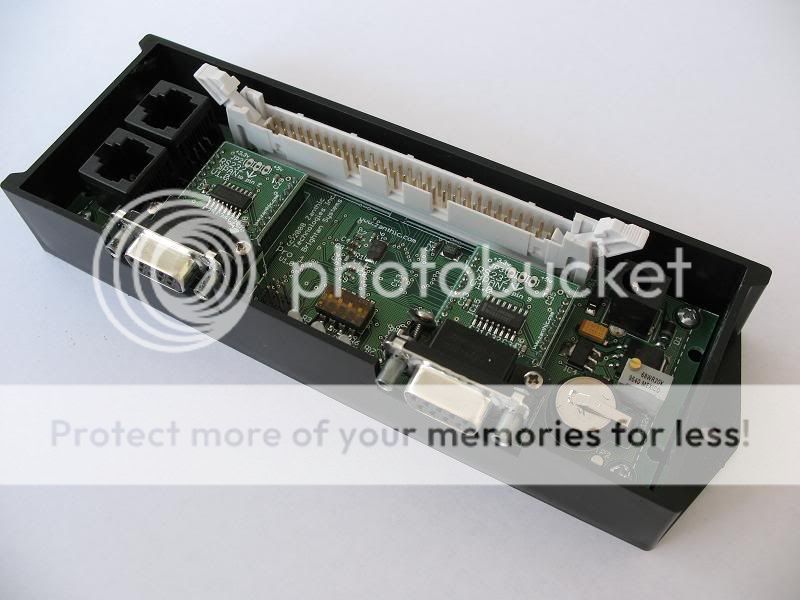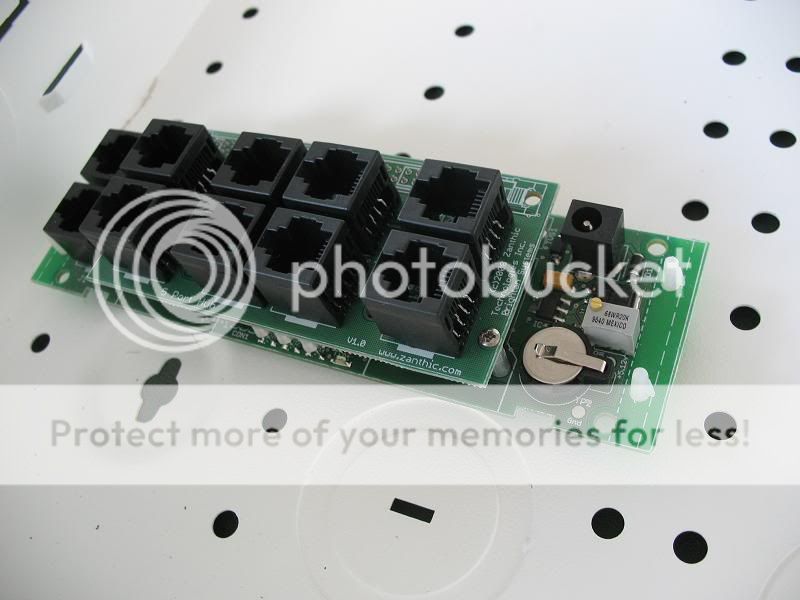Dean Roddey
Senior Member
I've been checking out various hardware I/O devices and even built a few myself. I want the devices and sensor states to be accessible from my HA software on my PC, currently HomeSeer. However, I'd like the flexibility to move to other software at some point if desired. The problem has been an absense of a standard hardware I/O protocol that most HA software would support. You're left with creating plug-ins, assuming the HA software even supports that. Given that most HA software supports X10 over a CM11A, my thought is to have a box that emulates a CM11A over an RS-232 port. The CM11A emulator would represent each endpoint as a specific X10 device type, depending on whether it was digital or analog, input and/or output. To the HA software, the sensor network looks like regular X10 devices, but with the reliability and speed of a hardwired network.
Any serious automation software should allow the creation of drivers for supporting external hardware, otherwise they would be hugely limited.






